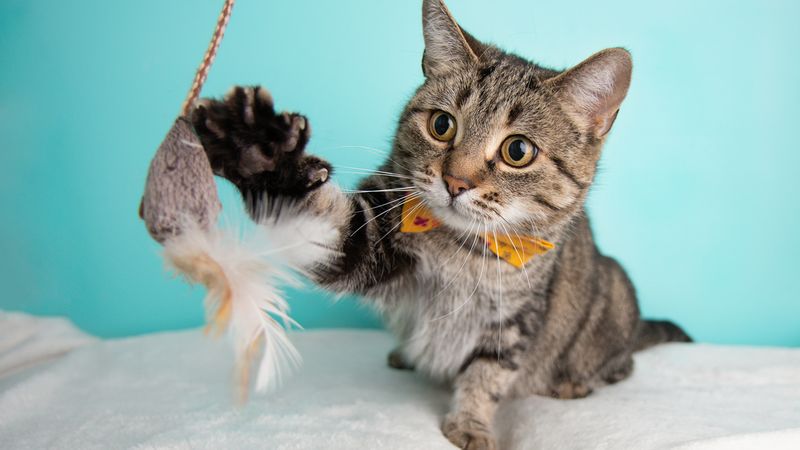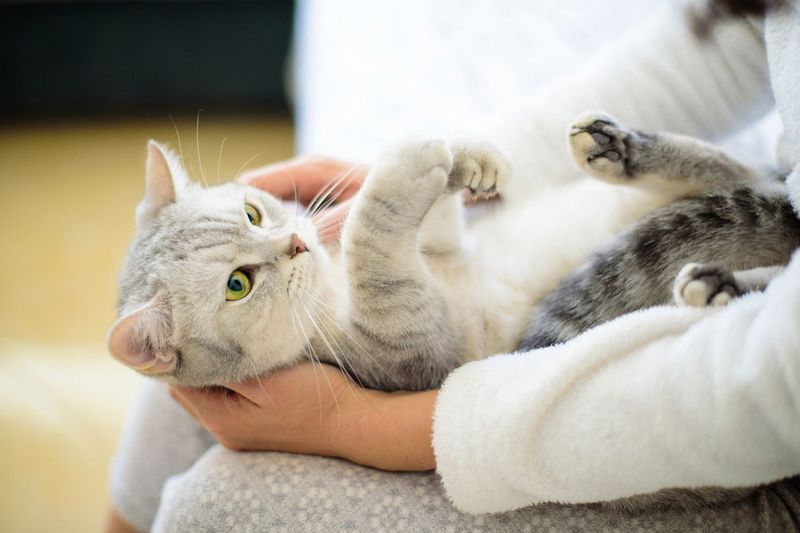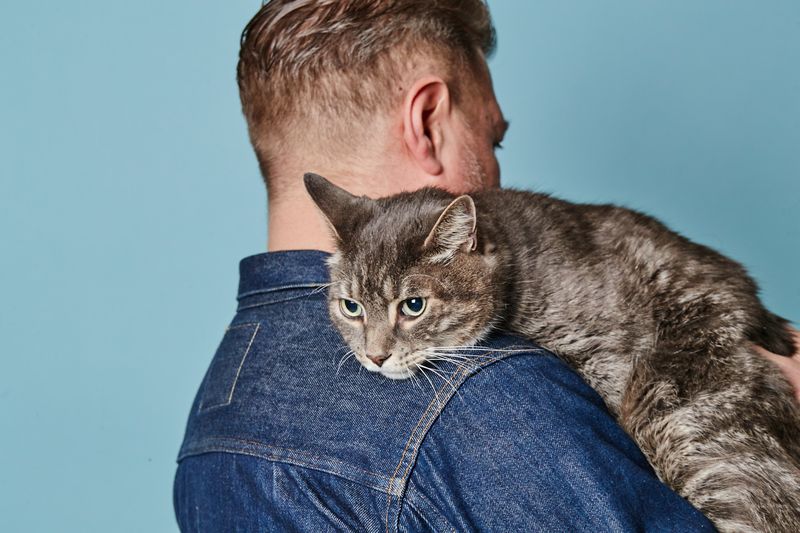📖 Table of Content:
While dogs often get the gold star for loyalty and trainability, cats play the long game — quietly observing, subtly manipulating, and charming us into serving them with grace and zero guilt. The popular narrative may say cats are emotionally detached and instinct-driven, but science has been poking holes in that lazy stereotype.
Recent research is revealing something cat lovers have suspected all along — these whiskered enigmas are more than just cozy nap connoisseurs. Studies from around the globe are uncovering a complex blend of intelligence, emotion, and social awareness in our feline companions. From reading our facial expressions to mastering puzzles, cats are showing off skills that rival — and in some cases, surpass — those of dogs and toddlers.
So, if you thought your cat’s indifference was just ignorance or arrogance, think again. You’re not being ignored — you’re being evaluated. Here are eight science-backed reasons why cats are stealth geniuses wearing fur pajamas.
1. Cats Know Their Names — Even When They Ignore You
Though it may seem like your cat is giving you the cold shoulder when you call their name, the truth is more calculated: they know, and they’re choosing silence. A 2019 Japanese study proved that cats can recognize their own names, even when spoken by strangers or in a string of similar-sounding words. This means your feline isn’t confused — they’re just selective with their attention. The researchers observed subtle ear twitches, head turns, and tail flicks in response, proving recognition without submission. Unlike dogs, who might see a name-call as a summons, cats interpret it more like a suggestion. It’s less “Come here now!” and more “Hmm, I’ll think about it.” In cat culture, knowing is one thing — responding is an art.
2. Cats Understand Object Permanence
Long before you figured out your car keys didn’t vanish into the void, your cat was already a master of object permanence. This means they understand that objects continue to exist even when out of sight — a sign of higher-order thinking usually associated with toddlers. In experiments, cats watched objects being hidden and later searched for them in the correct place, proving their mental tracking was on point. No wonder they know exactly where that crumpled sock disappeared to under the couch. This mental skill helps them strategize in hunting, play, and — yes — in manipulating you. If they saw you open the treat drawer once, they know it’s in there, even if it’s closed tight. Disappearing acts don’t work on cats — they’re onto your sleight of hand.
3. Cats Can Imitate Human Behavior
In a fascinating study published in 2021 in Nature, researchers found that cats can imitate human actions, such as opening drawers. This behavior stems from a process akin to observational learning. By watching humans perform tasks, cats learn to replicate actions, demonstrating a unique form of intelligence. This capability highlights their curiosity and desire to interact with their environment. Such imitation not only showcases their adaptability but also their willingness to engage and learn from their human counterparts, creating a special bond based on shared activities.
4. Cats Form Emotional Bonds with Humans
It’s not just your imagination — your cat may actually love you (in their own dignified way). In a 2019 study from Oregon State University, researchers found that cats display secure attachment to their humans, similar to babies and dogs. When placed in a room with their owner, then left alone and reunited, the majority of cats reacted in a way that mirrored attachment behavior. They sought comfort, calmed quickly, and remained near their person. While cats might not jump and drool like dogs, their loyalty runs deep. Emotional intelligence, it turns out, doesn’t require a wagging tail. Your cat’s purring beside you during a bad day? That’s emotional attunement in action.
5. Cats Can Learn by Trial and Error
You might think your cat is aimlessly batting at objects, but behind the fluff is a scientist conducting field experiments. Edward Thorndike’s classic “puzzle box” studies — and modern replications — show cats learn how to escape enclosures or access treats through trial and error. Each attempt is more efficient than the last, revealing that cats form associations and remember successful strategies. That’s not random pawing — it’s iterative problem-solving. When your cat opens a door they “shouldn’t,” remember they weren’t born knowing how — they figured it out. This type of learning demonstrates adaptability, long-term memory, and persistence. And yes, it’s why baby locks might be your next Amazon order.
6. Cats Can Distinguish Human Emotions
In the realm of empathy, cats are subtle but surprisingly skilled. A 2020 study revealed that cats can recognize human emotional expressions — particularly happiness and anger — and adjust their behavior in response. They approach happy humans more often and show signs of stress when confronted with angry expressions. This suggests not only awareness but emotional discernment. They’re not just noticing facial shifts — they’re interpreting them. Next time you’re upset and your cat chooses to nap elsewhere, they’re not being cold — they’re reading the room. Understanding emotions across species is a cognitive leap, and cats make it with flair.
7. Cats Understand Cause and Effect
Shake a treat container and watch your cat bolt in from three rooms away — that’s cause and effect in action. A 2016 study tested cats by placing objects in boxes and shaking them, sometimes producing noise, sometimes not. When there was no noise but the object should’ve made one, the cats looked puzzled or investigated further. This shows they have expectations about how the physical world works, and they notice when those rules break. They’re tiny physicists who anticipate outcomes and investigate anomalies. So when they knock something off your desk repeatedly, it’s not (just) for chaos — it’s to confirm gravity still works. For science.







